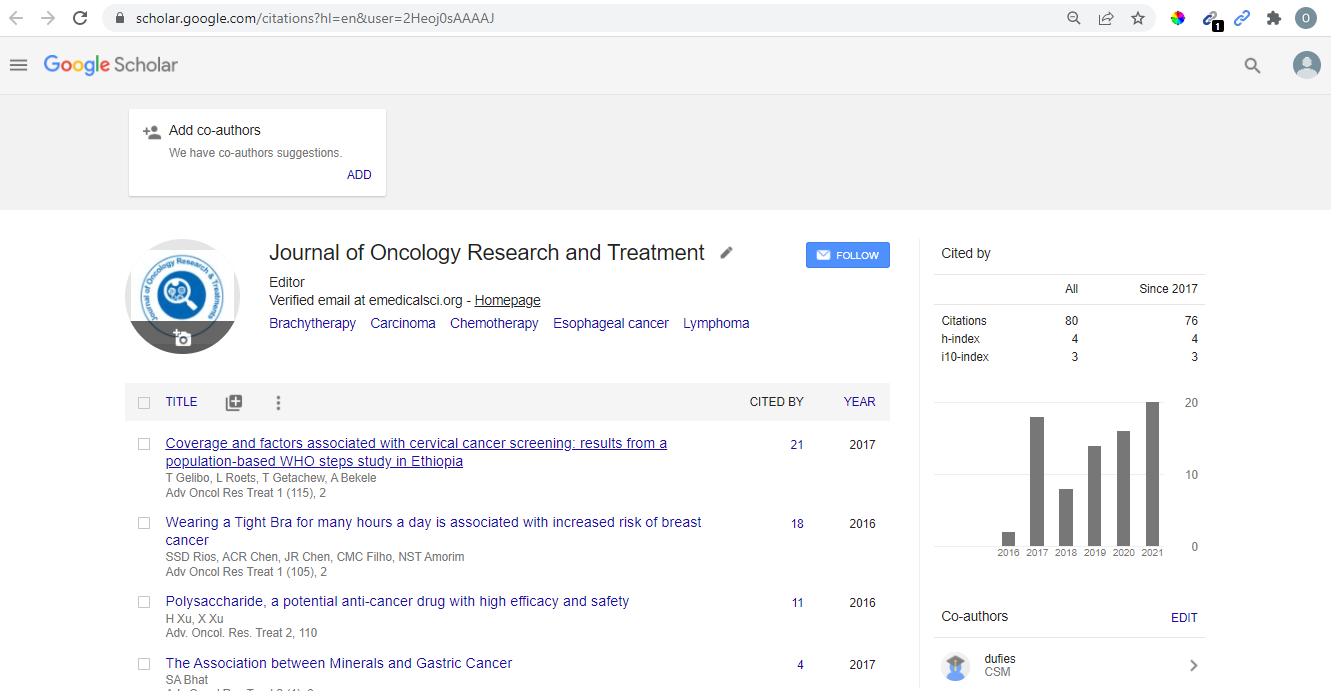Multi Slice Spiral CT Manifestations and Comparative Analysis of Different Pathological Classifications of Lung Infiltrating Adenocarcinoma
*Corresponding Author:
Copyright: © 2020 . This is an open-access article distributed under the terms of the Creative Commons Attribution License, which permits unrestricted use, distribution, and reproduction in any medium, provided the original author and source are credited.
Abstract
Objective: To review and analyze the correlation between Multi Spiral Computed Tomography (MSCT) findings of lung infiltrating adenocarcinoma and different new pathological classifications, and to evaluate the classification of Invasive Adenocarcinoma (IAC) from the perspective of imaging, so as to help the clinical formulation of treatment plan and prediction of prognosis. Methods: A total of 137 patients with pulmonary infiltrative carcinoma confirmed by operation and pathology and with complete MSCT data from January 2014 to June 2019 in our hospital were collected and sorted. According to the new pathological classification, Lepidic Predominant Adenocarcinoma (LPA), Acinar Predominant Adenocarcinoma (APA) and Papillary Predominant Adenocarcinoma (PPA) were classified as the group with Moderate high differentiation (n=76), Micorpapillary Predominant Adenocarcinoma (MPA) and solid predominant adenocarcinoma with mucin production as the group with low differentiation (n=61). The MSCT characteristics of the two groups were classified and analyzed for statistical analysis. Results: The length, CT value and arteriovenous CT value of the lesions in the low differentiation group were higher than those in the moderate high differentiation group, and there was statistically significant difference between the two groups (P<0.05), but there was no significant difference between the two groups in the lesion boundary, blood vessel change, bronchi inflation sign and burr sign (P>0.05). Conclusion: MSCT signs of infiltrating adenocarcinoma are helpful to differentiate different pathological subtypes.

 Spanish
Spanish  Chinese
Chinese  Russian
Russian  German
German  French
French  Japanese
Japanese  Portuguese
Portuguese  Hindi
Hindi 
